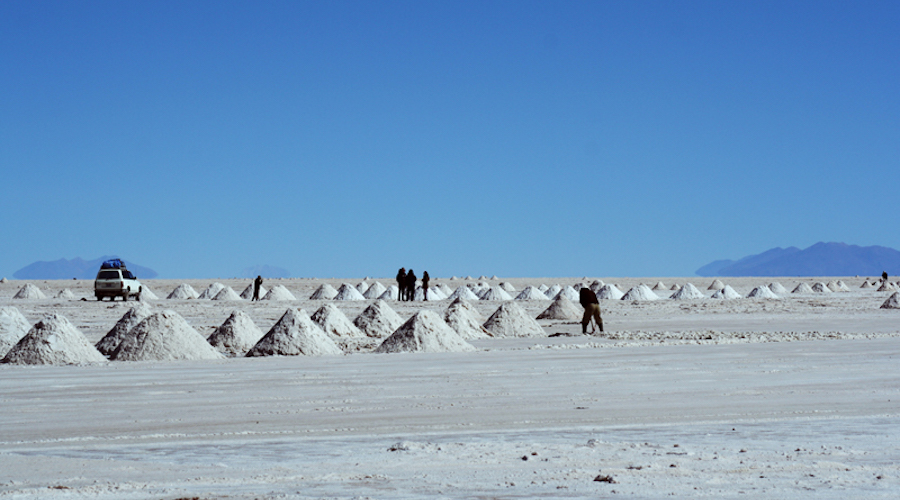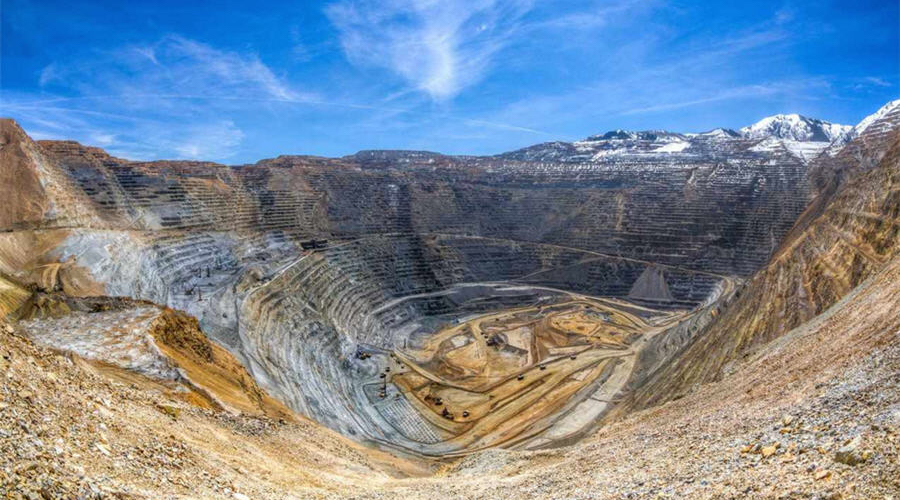According to the analyst, increasingly tense relationships between the West – a rising battery manufacturer and key EV end market- and China – a dominant lithium-processing player and current leading battery manufacturer – are the main issues raising risks over the resilience of supply chains.
One of the main considerations behind this assertion is the fact that on the supply front, the lithium market is geographically quite concentrated from a production and ownership perspective, both on the upstream front with extraction, dominated by Australia, Chile and China, and the downstream front, with chemical processing and battery manufacturing, currently dominated by China.
“The ongoing de-globalization trend and rising efforts to localize supply chains to some extent mean that governments are likely to increase local raw material supply (for example, lithium production in the EU and the US) or to promote long-term supply agreements,” the document reads.
As a result, the entire EV battery value chain manufacturing landscape, from lithium extraction to battery manufacturing and EV manufacturing, is expected to change in the coming years, as developed markets aim to reduce their dependence on China.
“In any case, we believe that the growing rivalry between China and the US (and their allies or areas of influence) pose rising and significant risks to the lithium sector, as it could disrupt demand and trade flows when tensions rise,” the report states.
Fitch points out that, within this context, some market players are anticipating and, for example, senior management at BMW mentioned in 2021 when signing a long-term supply agreement with US-based Livent that they were ‘making [them]selves technologically, geographically and geopolitically less dependent on individual suppliers.’ Notably, their other supplier is China-based Ganfeng.
Strategic supply
Fitch’s analyses show that a growing key theme in the lithium sector – as well for the wider green and tech transition materials such as cobalt, nickel and copper – is that of strategic supply, access, and of the growing politicization of the battery supply chain.
According to the report, amid rising investment in battery materials and a positive price outlook, the lithium sector is already experiencing rising government intervention and resource nationalism, which is likely to increase further, either to secure this strategic material, boost local production or to benefit from strong fundamentals by raising taxes or control over the sector.
The firm believes that government intervention in the lithium sector will take different forms, such as increased official support to battery materials production, via the development of supportive industry frameworks. This has already started in the EU, which has its European Raw Materials Alliance launched in 2020, as well as in Australia, the US, Canada and China.
Asset nationalization is also a possible government intervention, as are the review of contracts and increased taxes on lithium projects.
These official moves are mostly a risk in Latin America, a key producer, in particular in Mexico, where president López Obrador said in April that his office is analyzing the possibility of having bigger participation in the exploitation of lithium. Similarly, in Argentina, state energy firms including YPF are entering the lithium business.
Higher nationalism is also considered a risk following the heightened fiscal and external imbalances in many emerging markets caused by the covid-19 pandemic.
Sustainability and supply risks
The competitive search for ‘clean’ sources of lithium is also expected to lead to a race by battery/EV manufacturers and even their governments to access the most sustainable raw material. This, in turn, is expected to limit ‘oversupply’ risks.
“Efficiently sourcing sustainable lithium takes considerable time for research and development as well as it requires higher costs, for example to reduce water intensity in South American brine operations,” the document explains. “It is also unlikely that perceptions of overdevelopment in the present will cause lithium oversupply in the near term, as mine development timelines like with any other mineral involve several years from conception to operationality.”
The market researcher also expects lithium consumption growth to outpace current supply developments. Demand is to be boosted by strong government support in major economies to promote EVs and large-scale energy storage systems.
“Within Li-ion batteries, lithium’s use in batteries featuring varying cathode chemistries will help insulate lithium demand from technological advances and coinciding changing preferences for cathode chemistries,” the report forecasts.
Low supply means that prices will remain high in the short term. Yet, in Fitch’s view, it is unlikely to see large spikes that would push prices up to the highs observed in 2016 and 2017 before the lithium price collapse.




